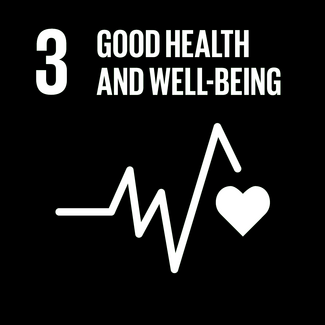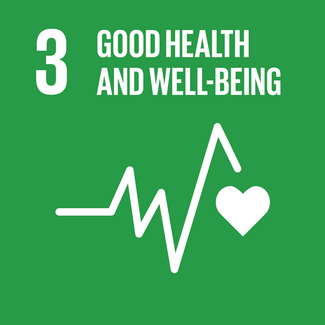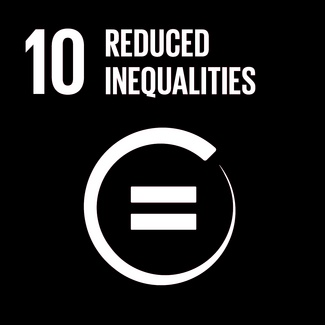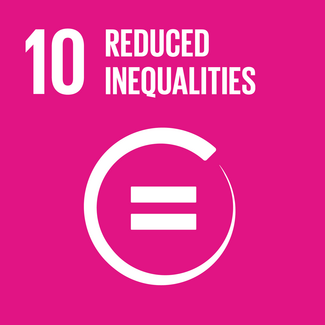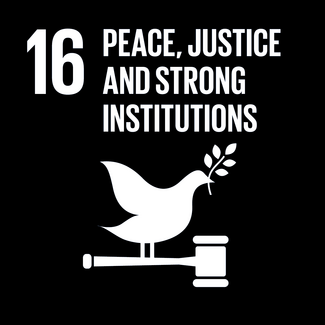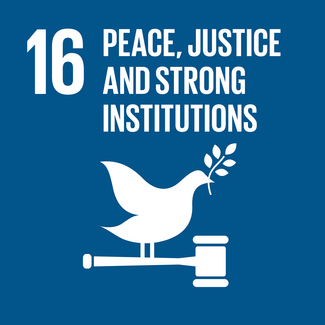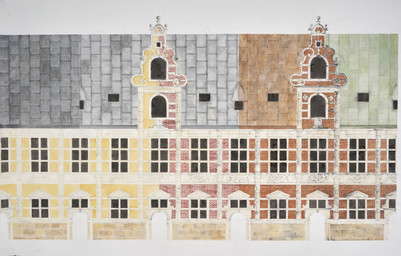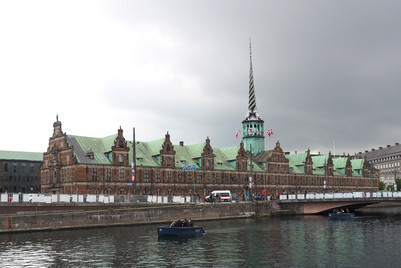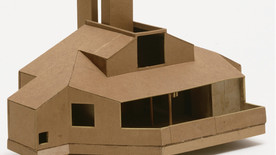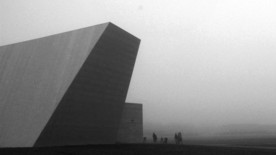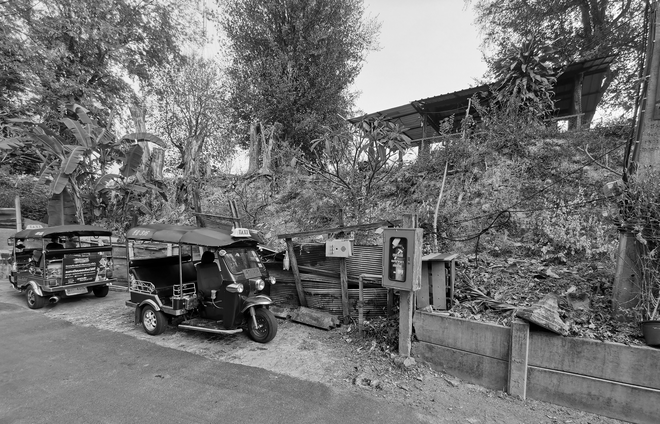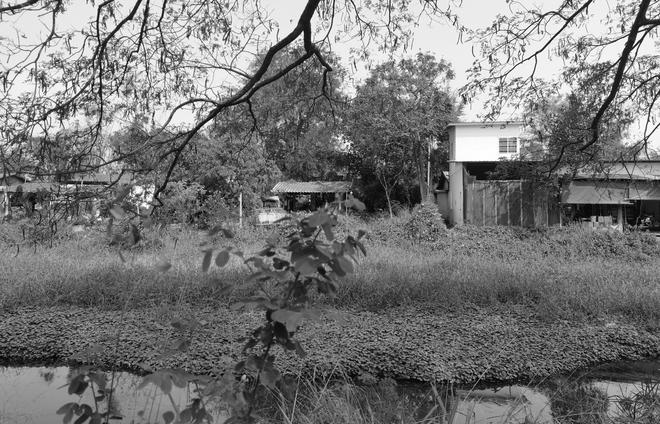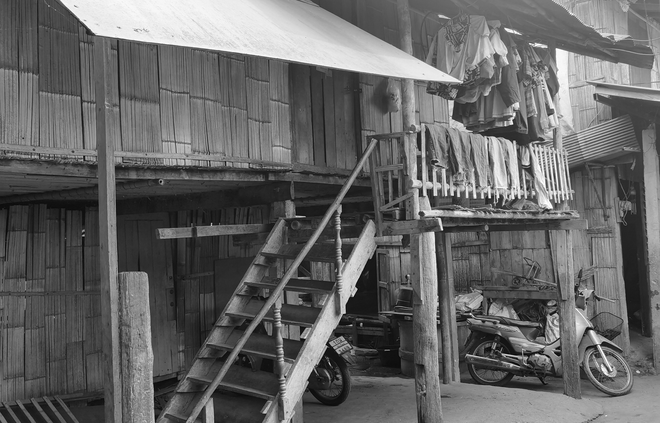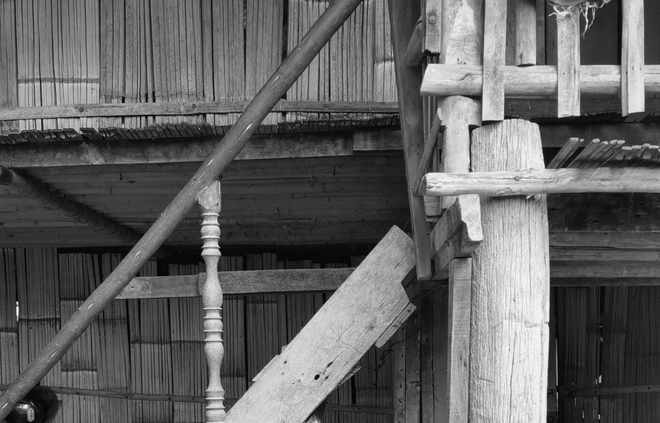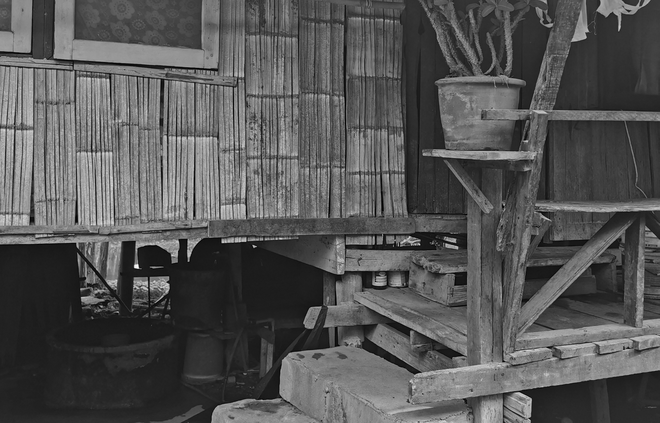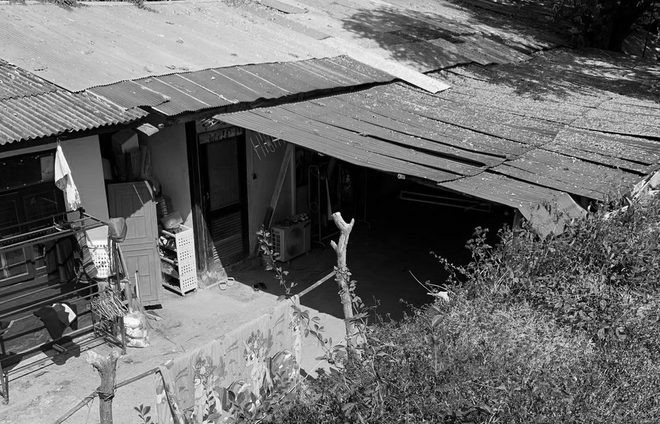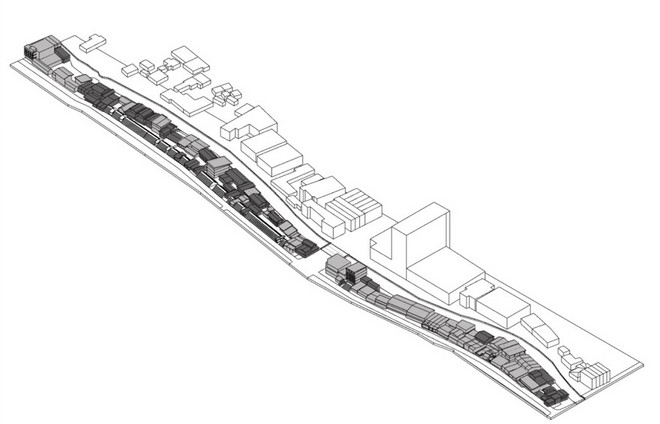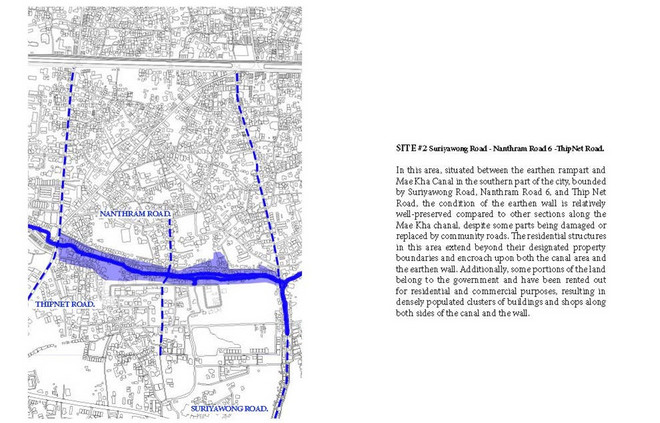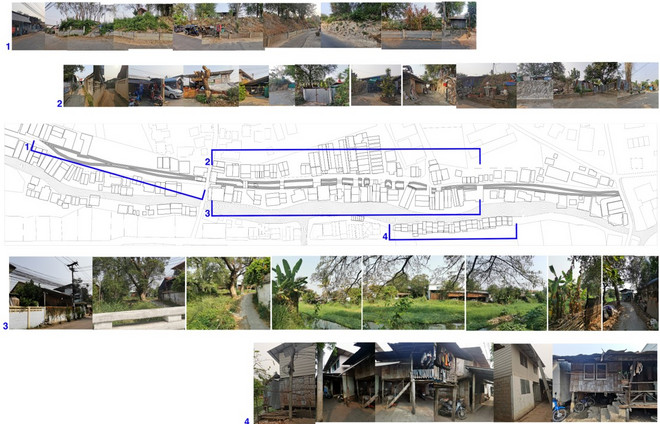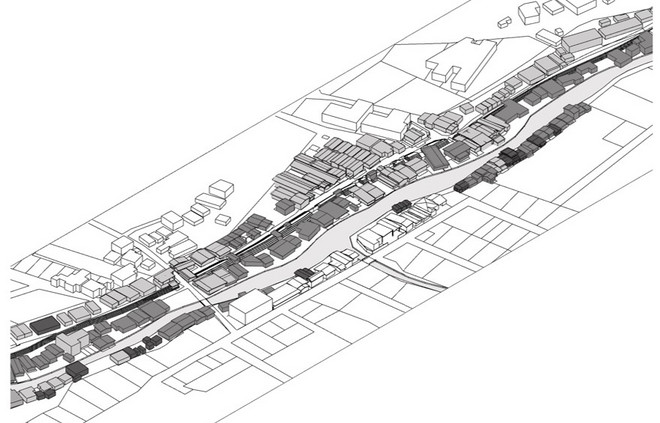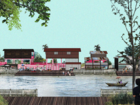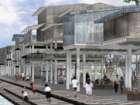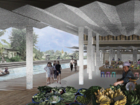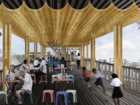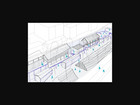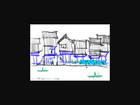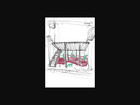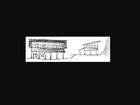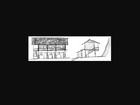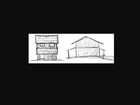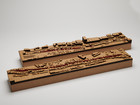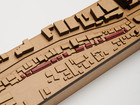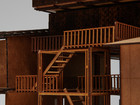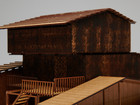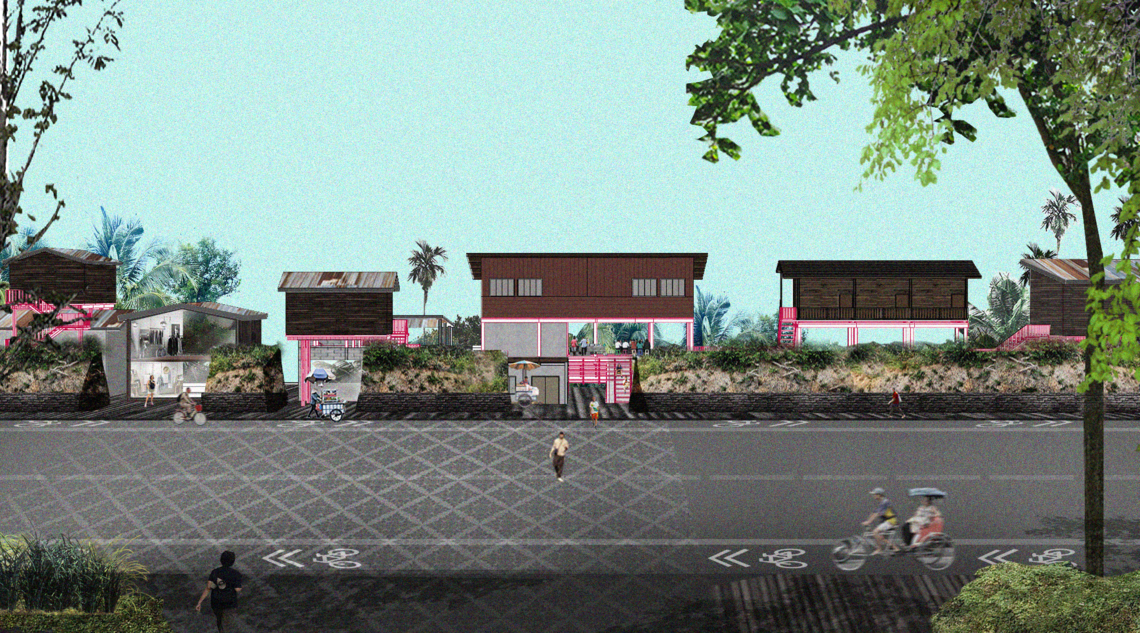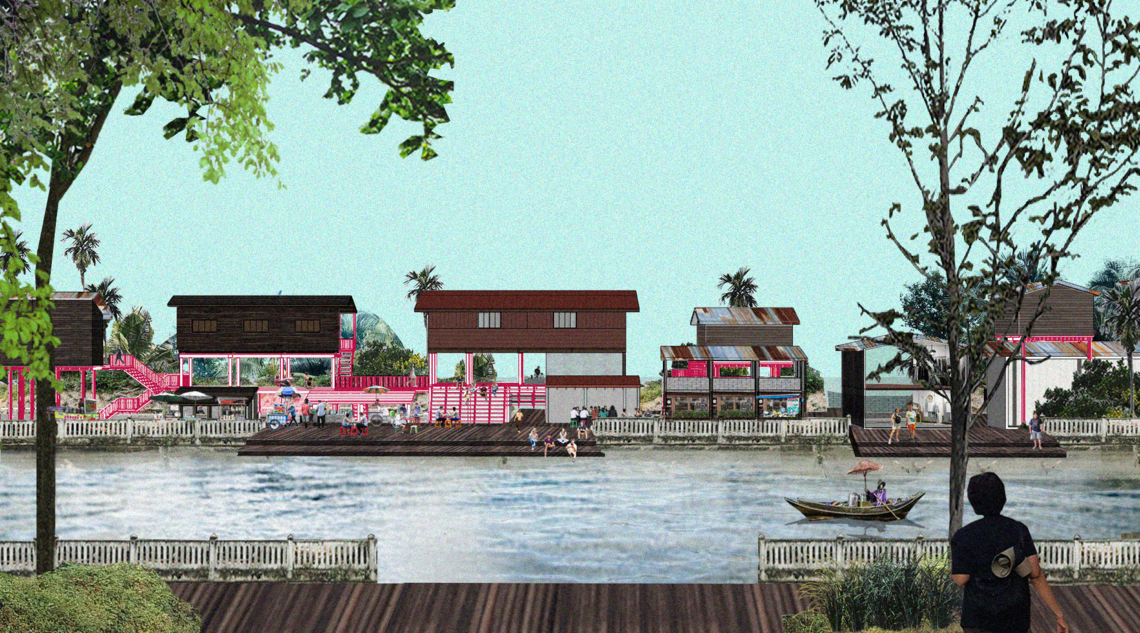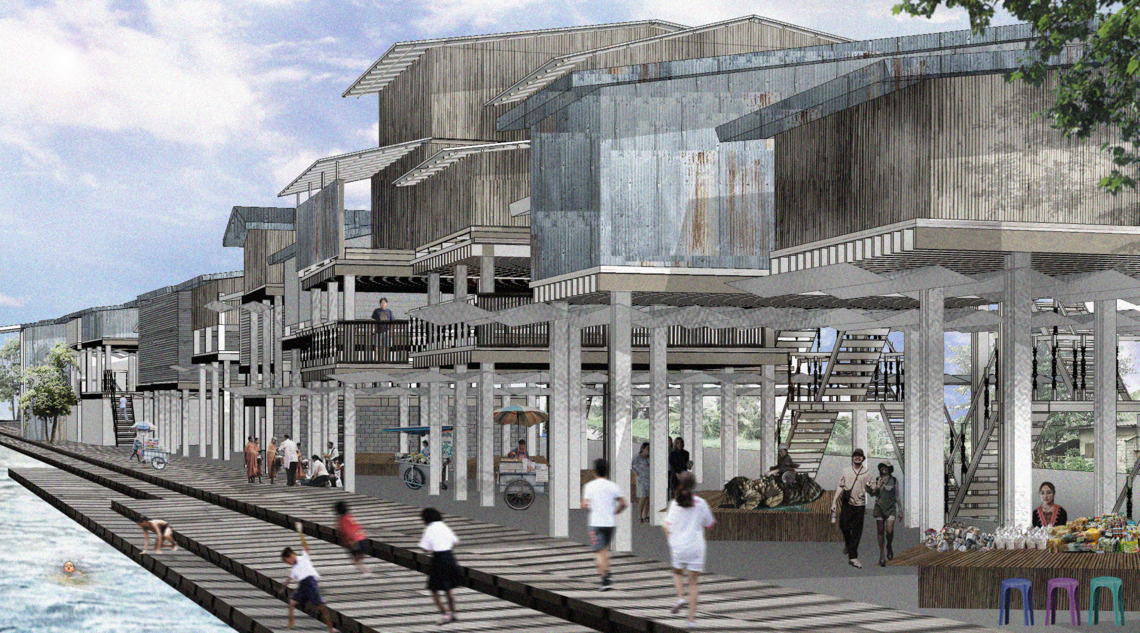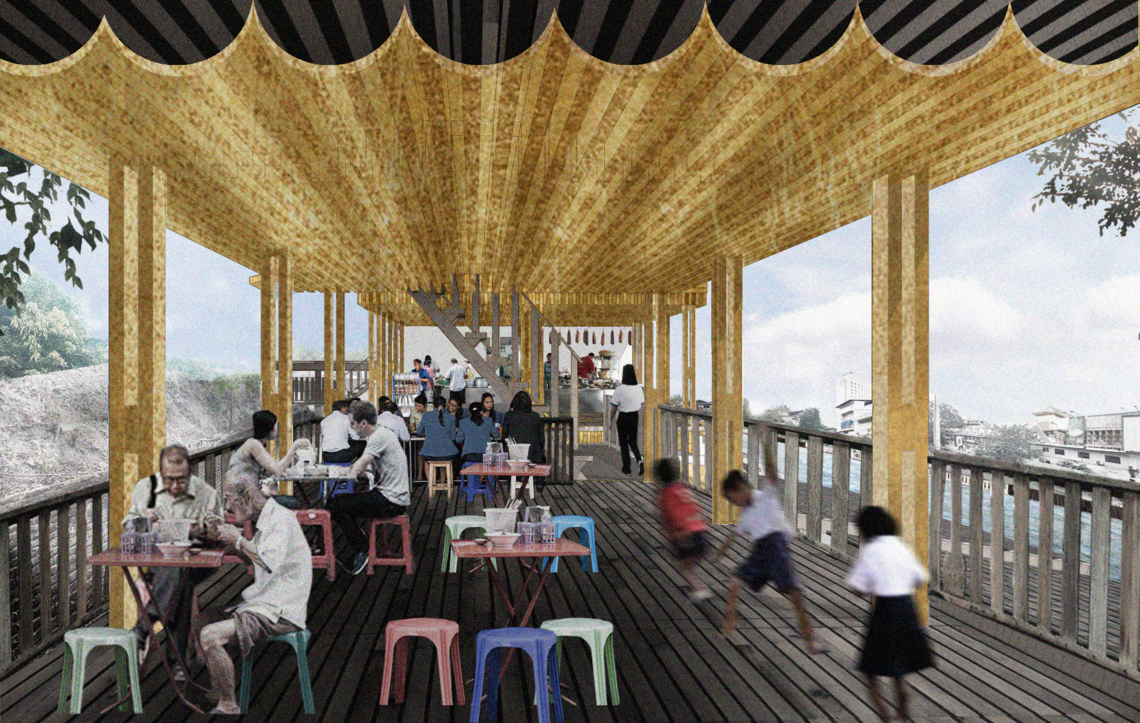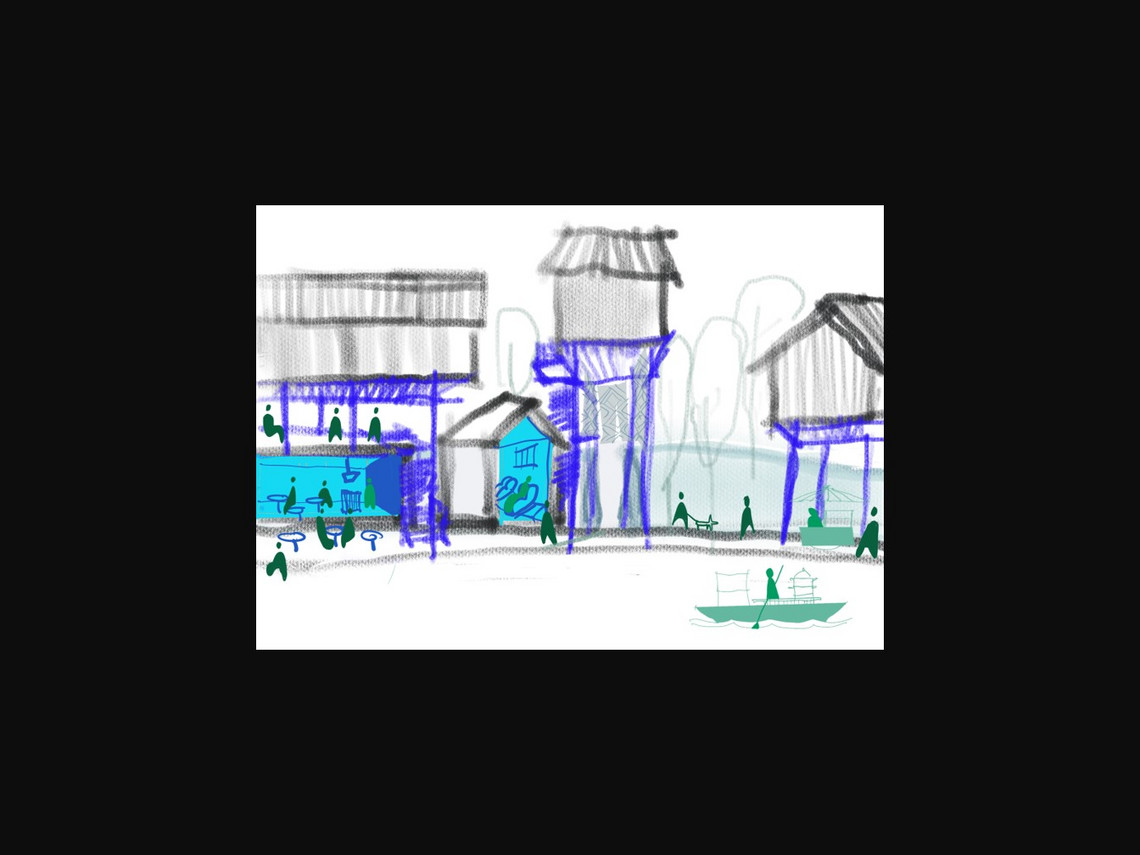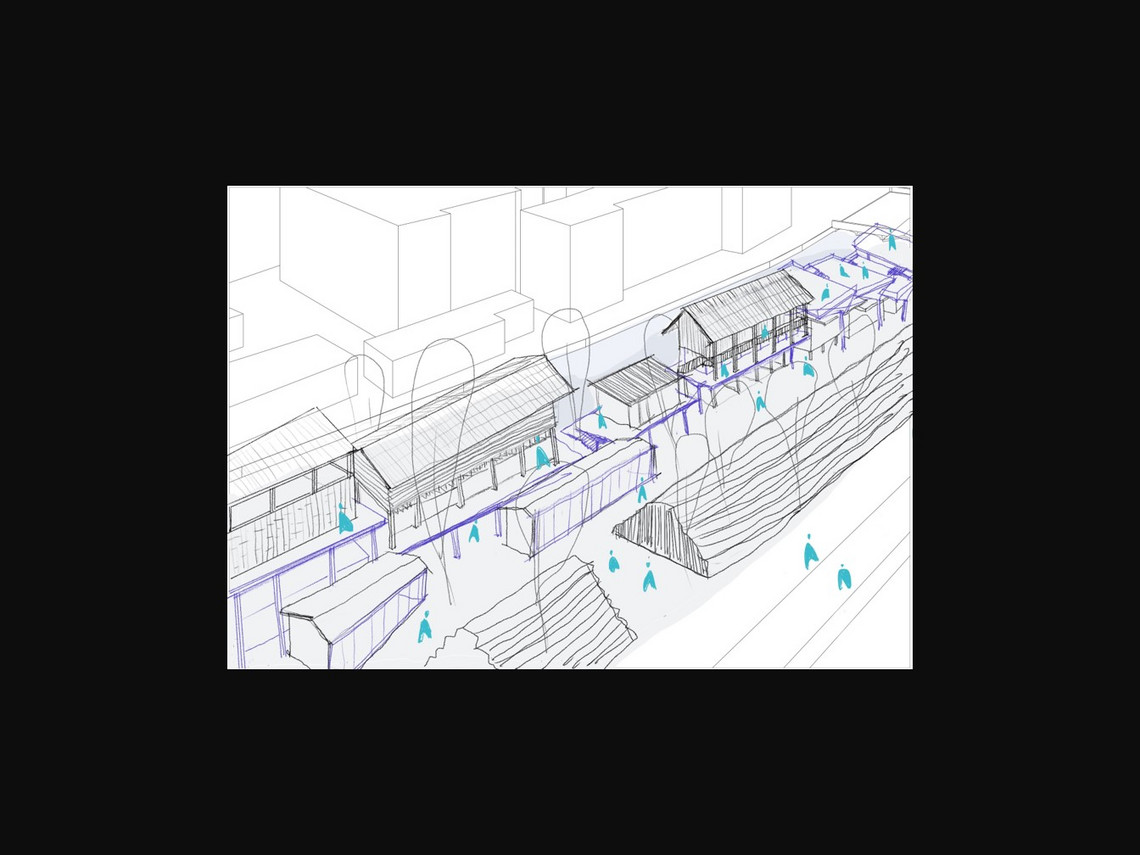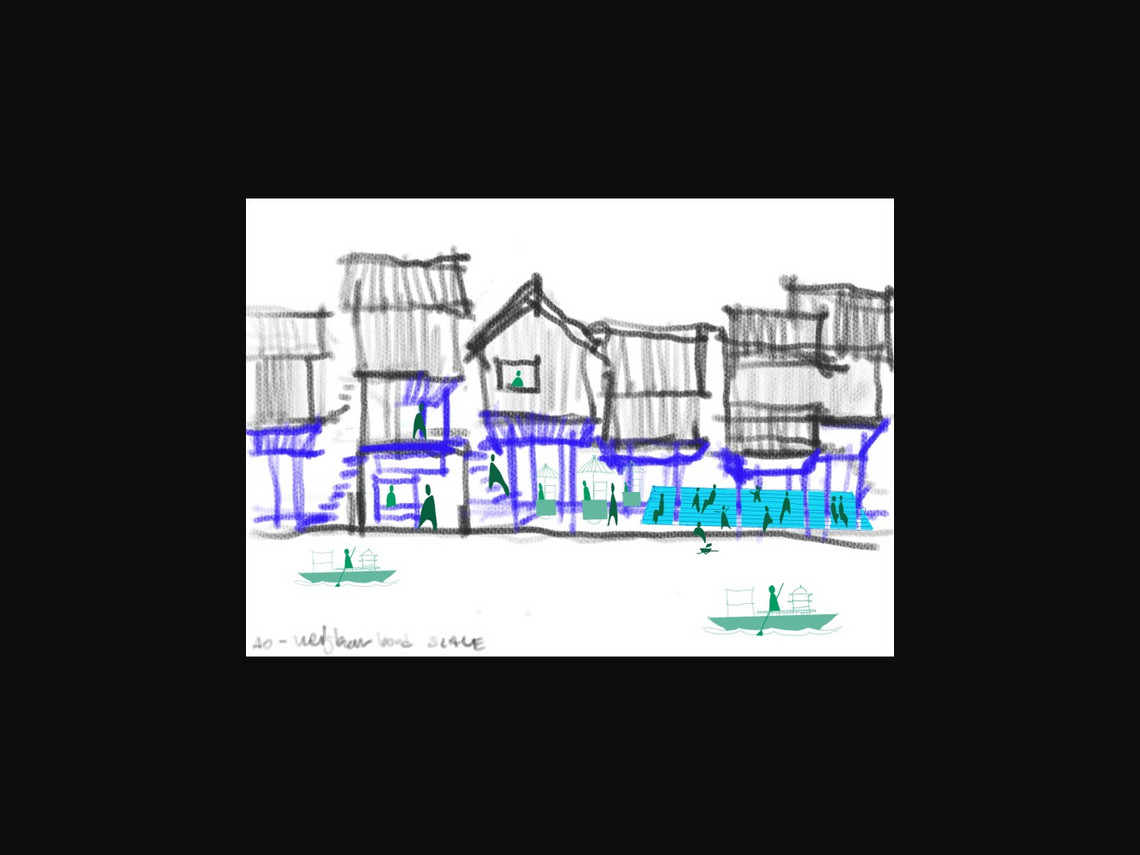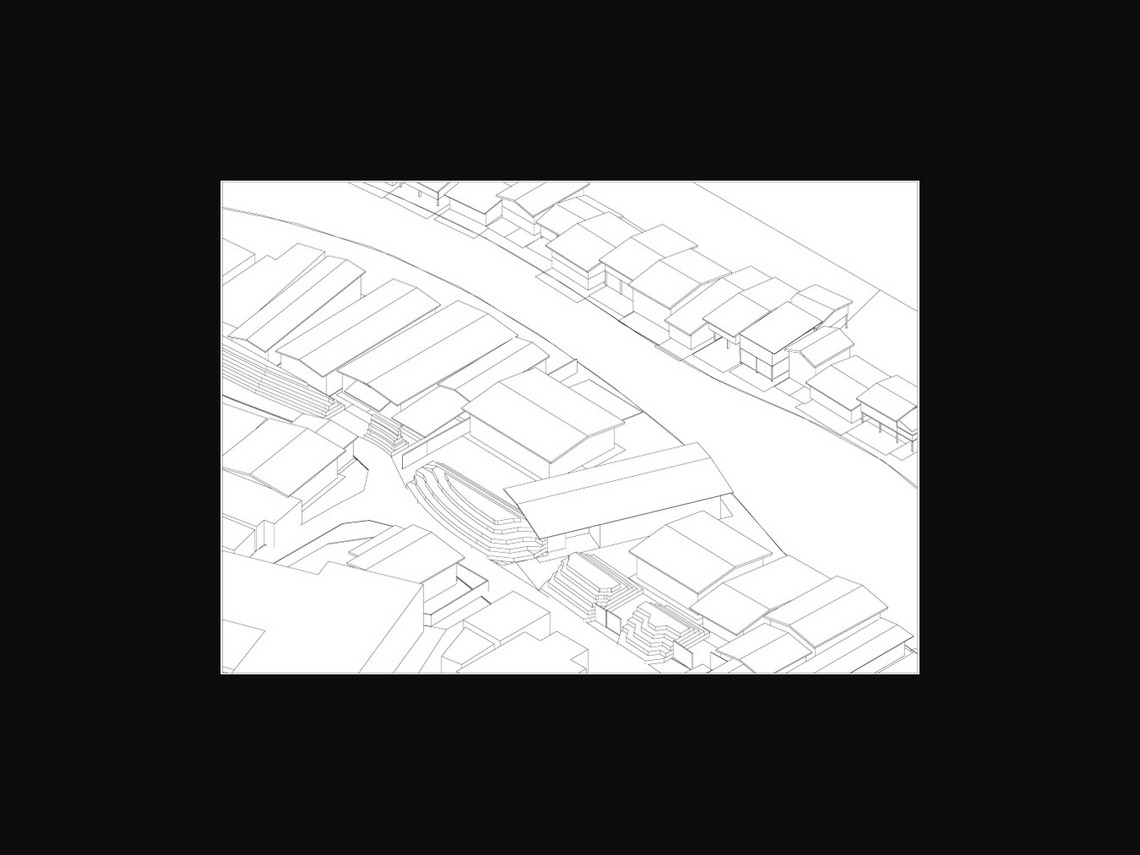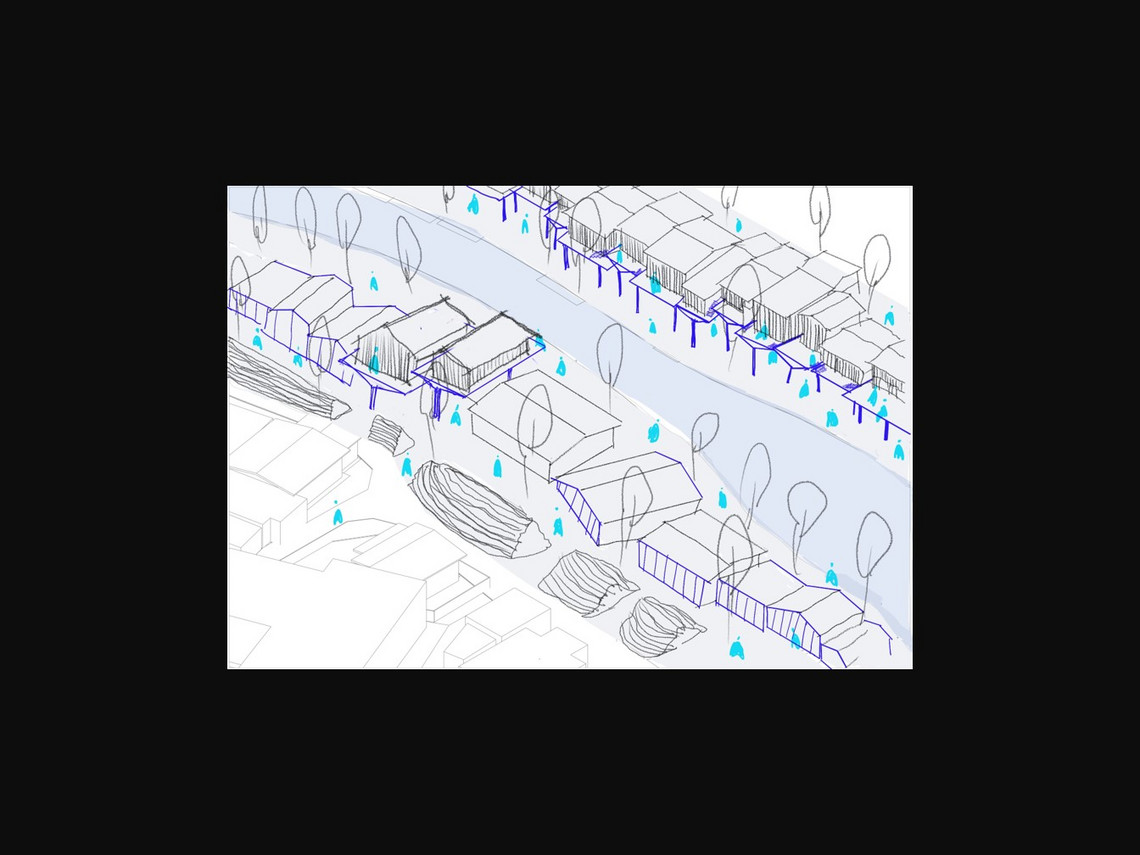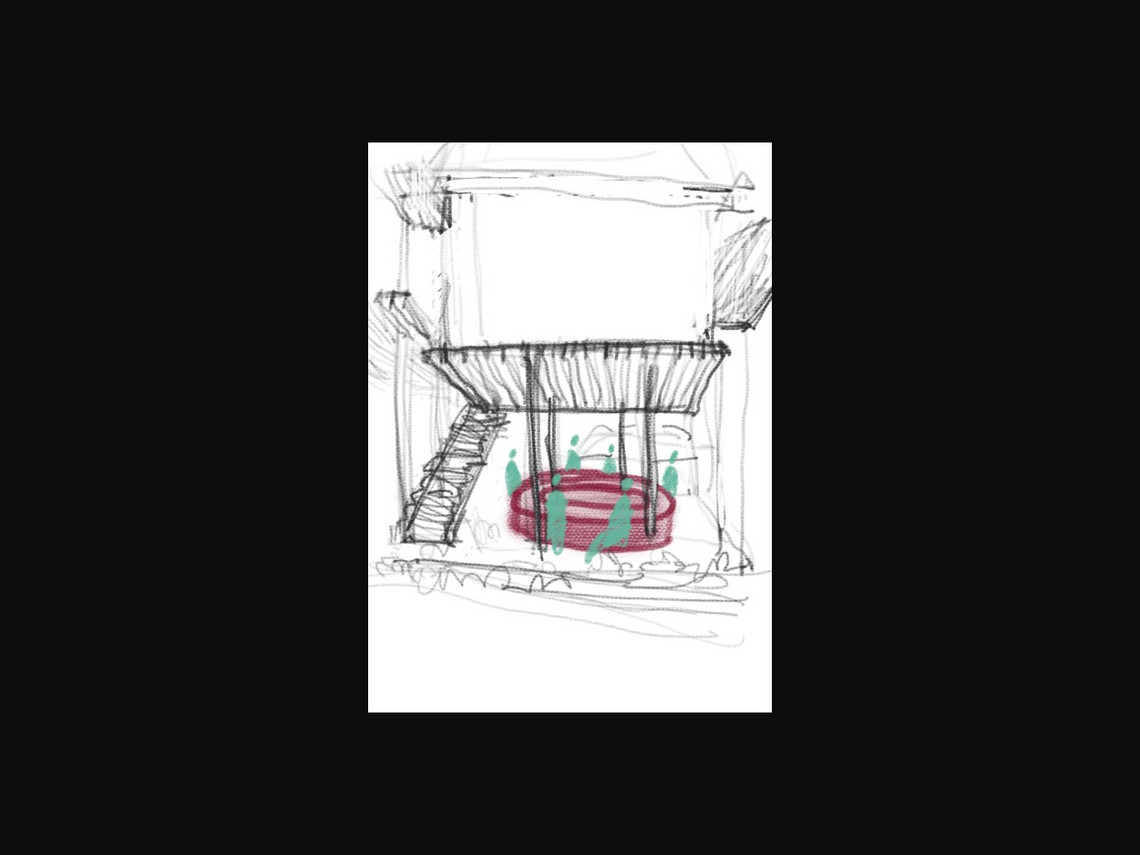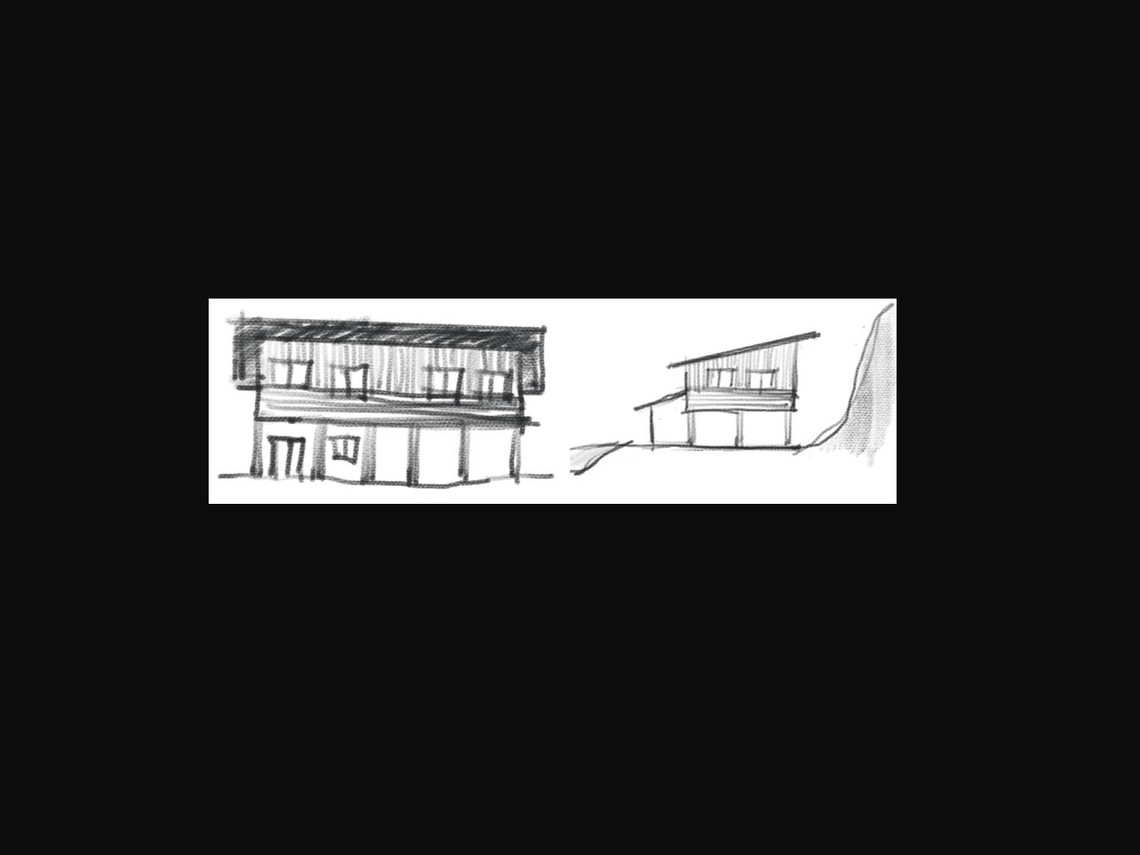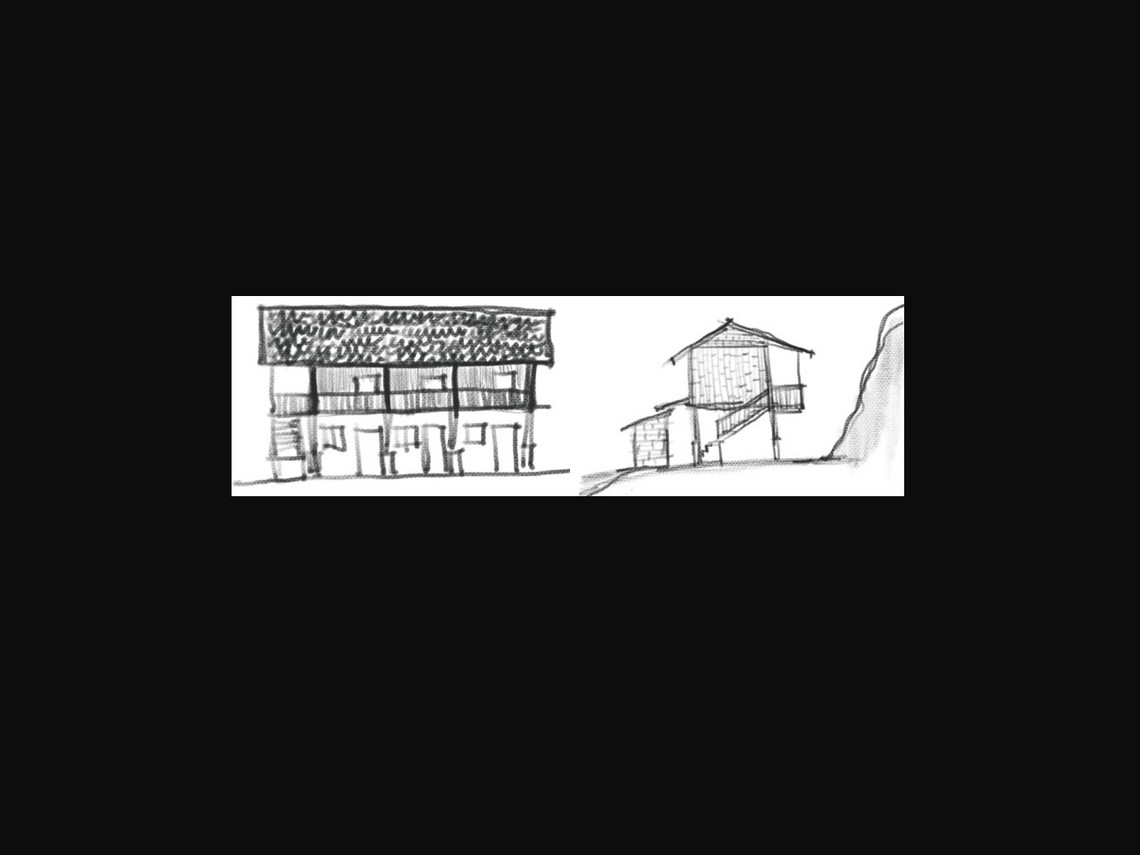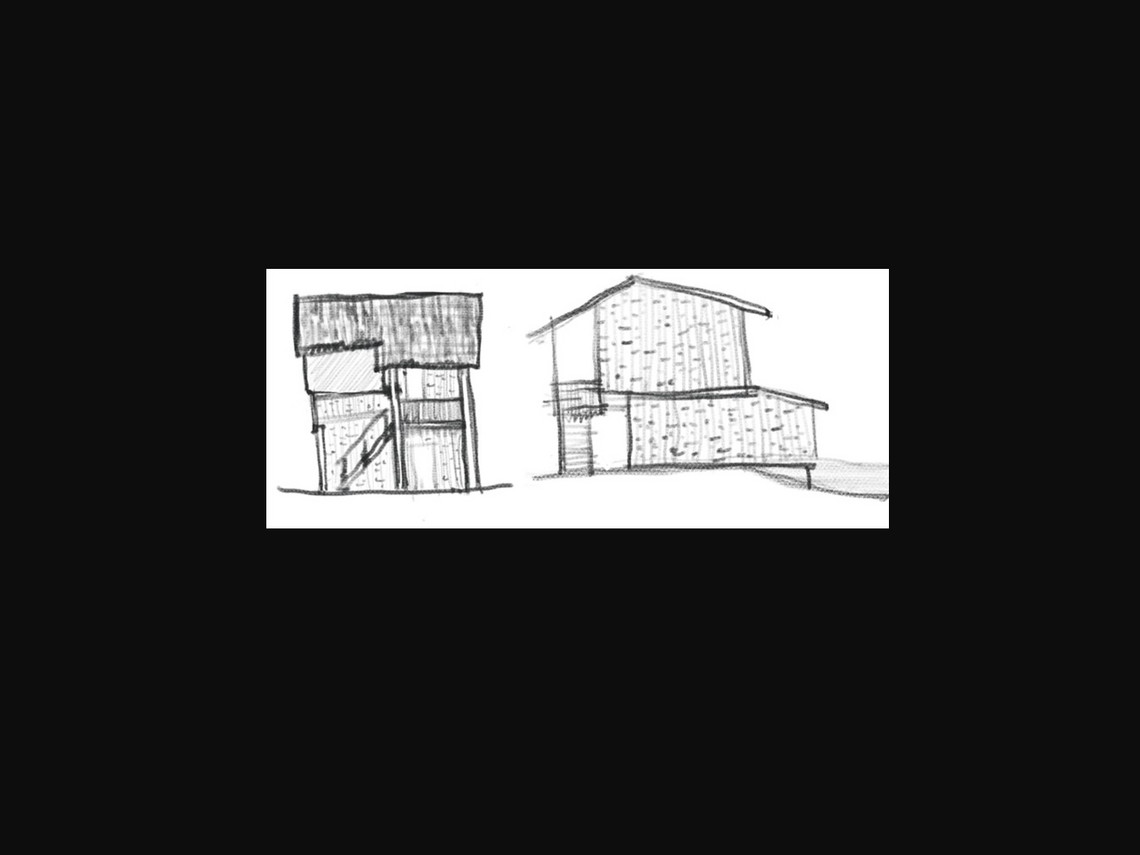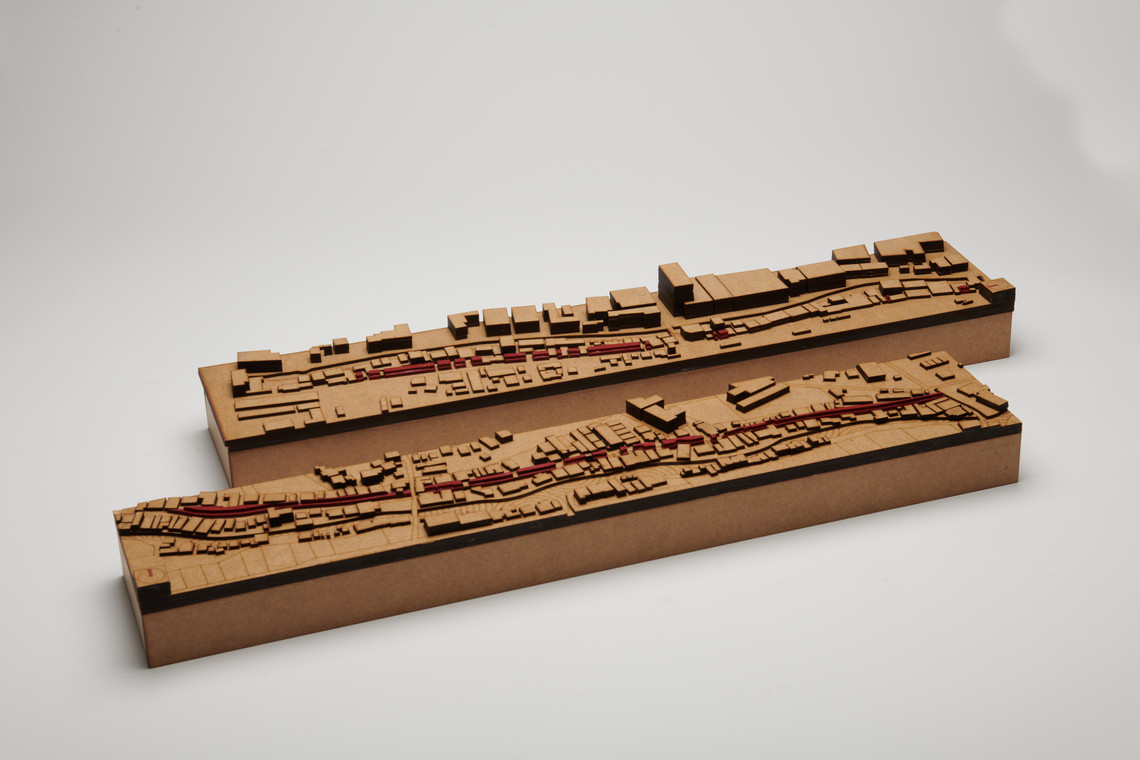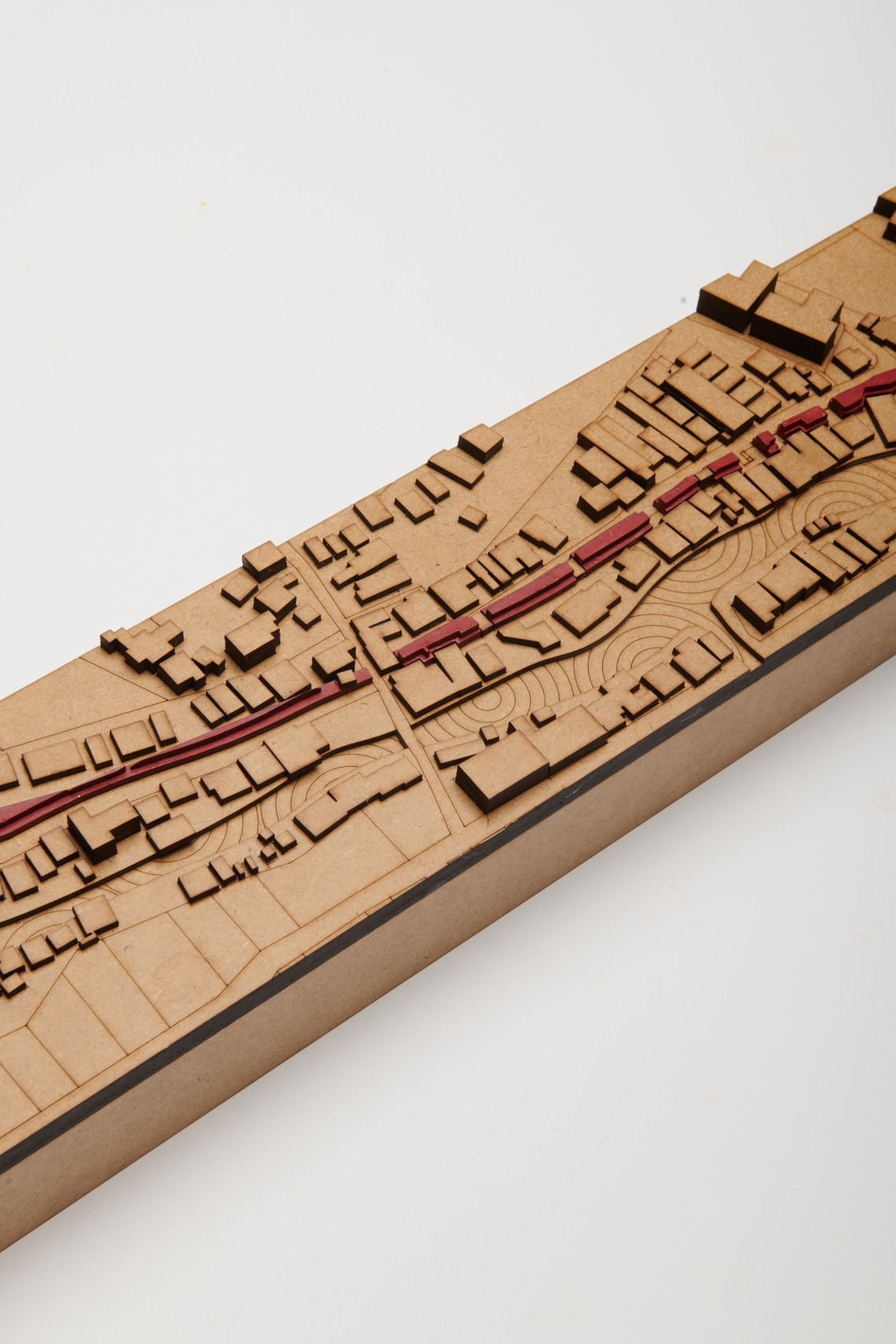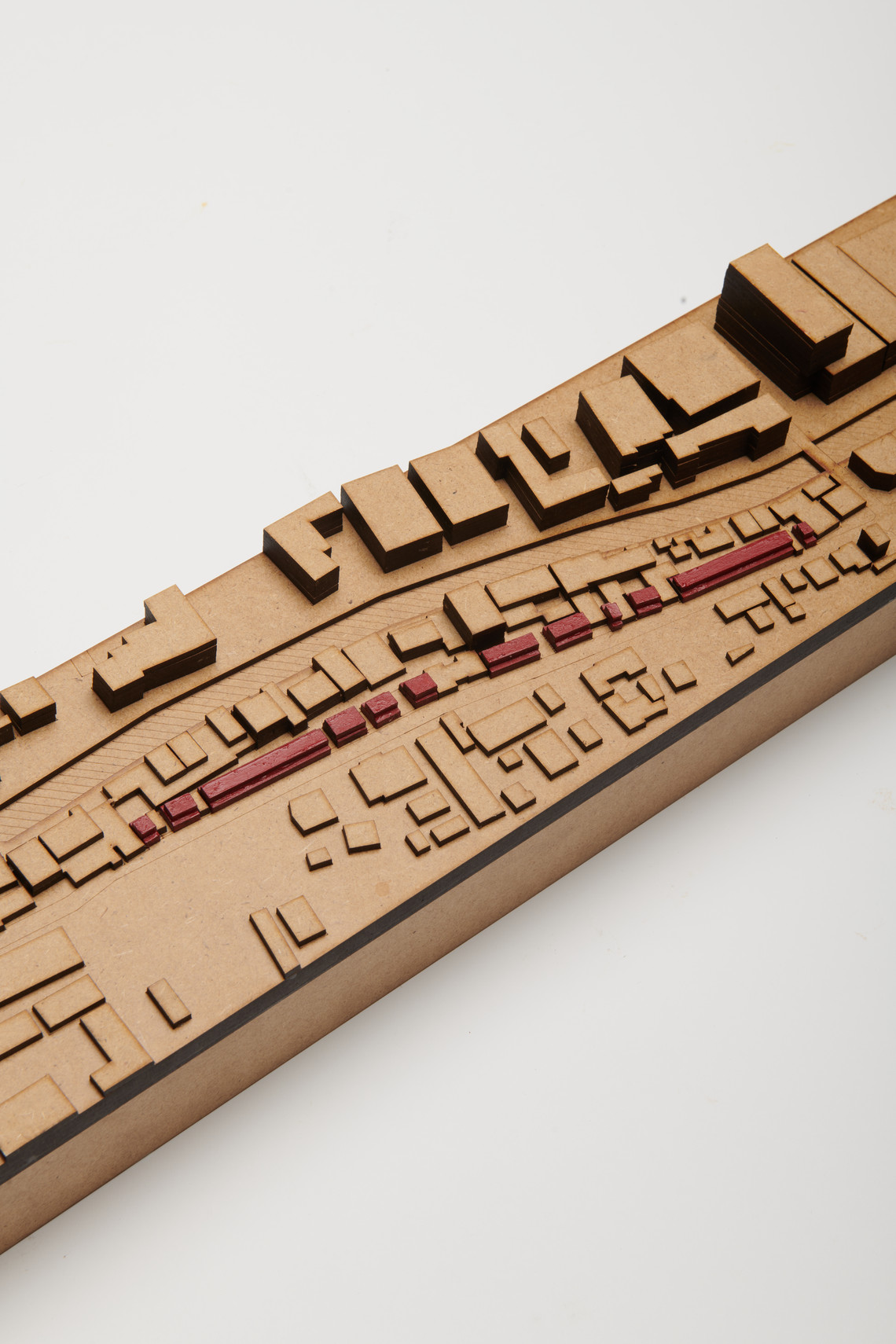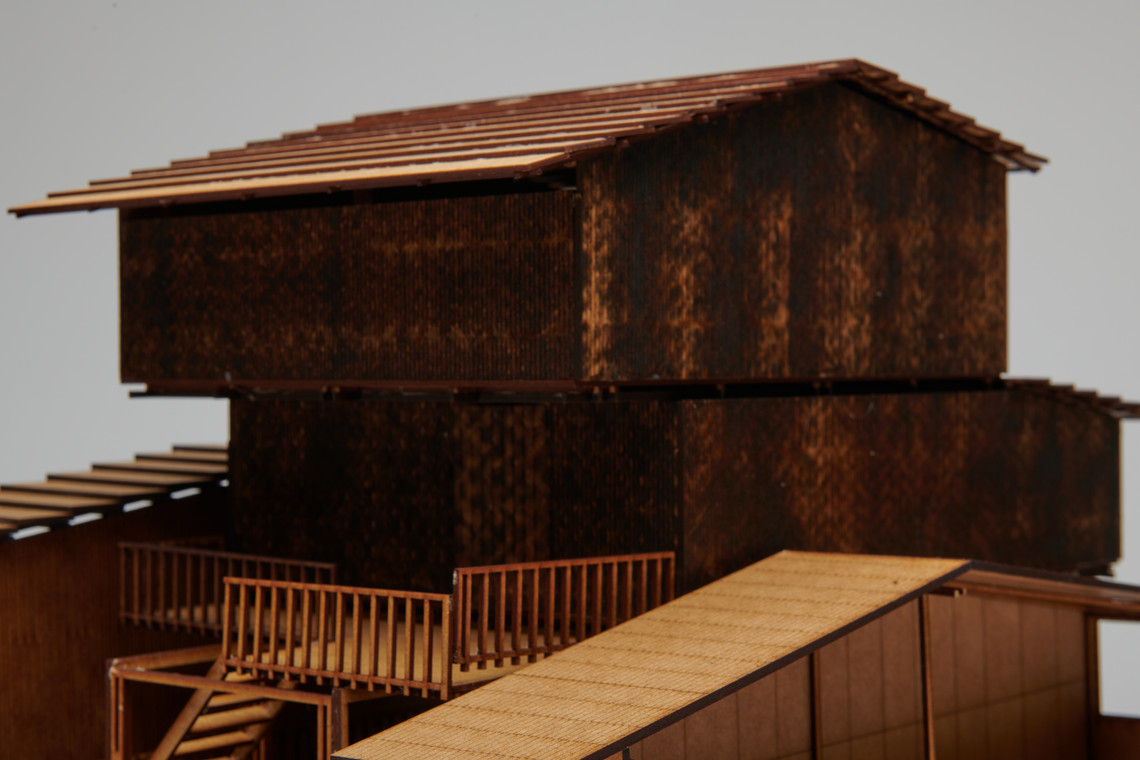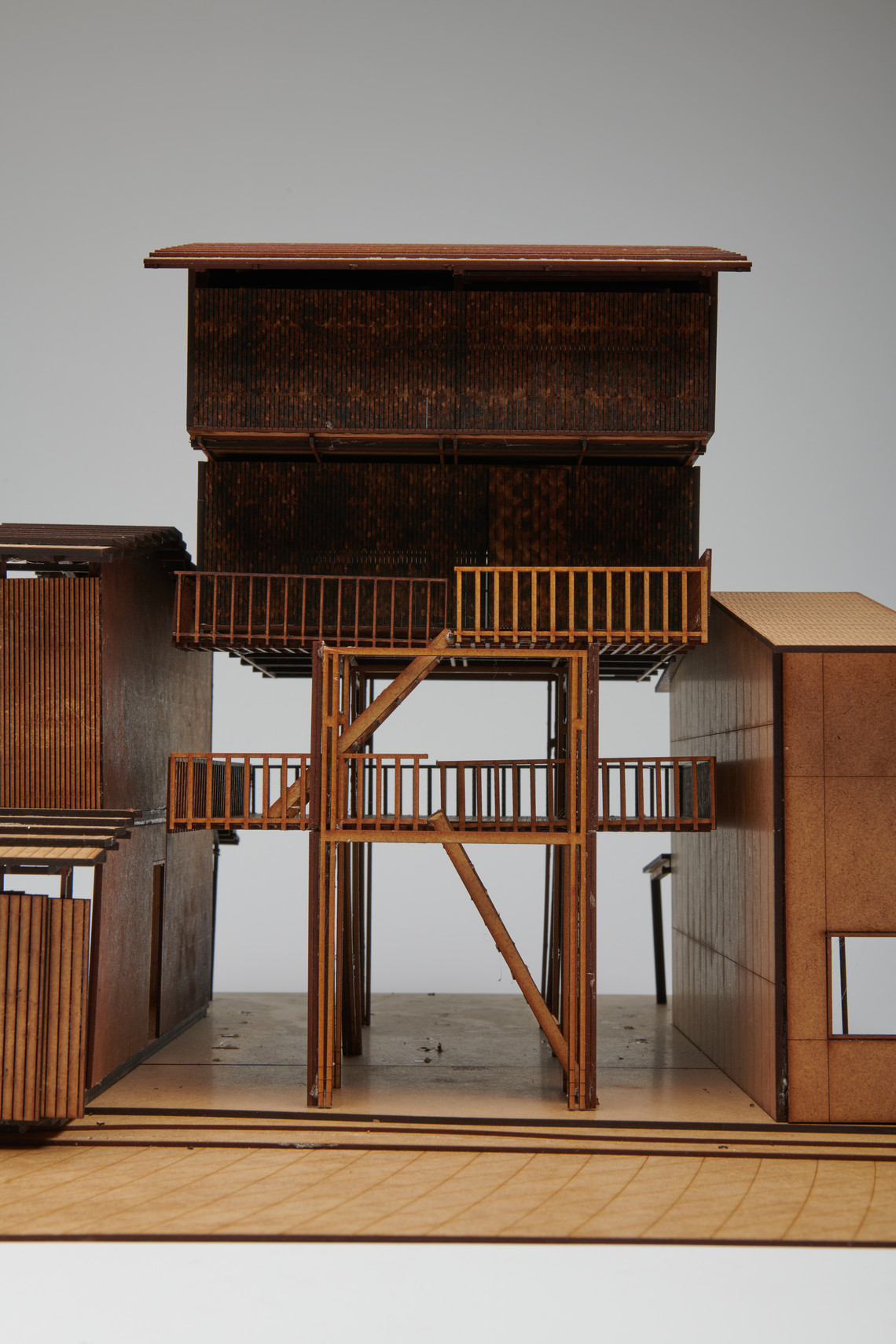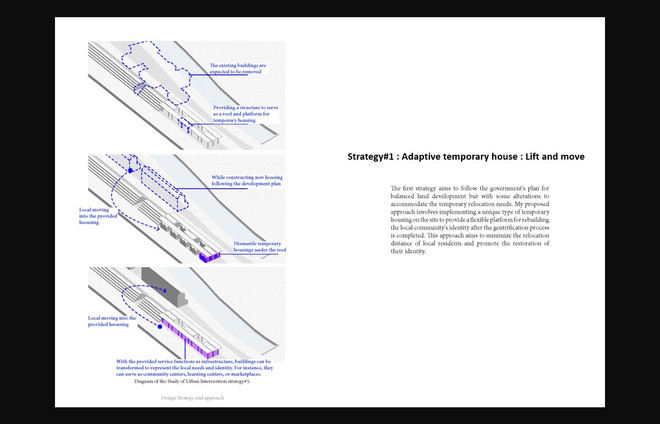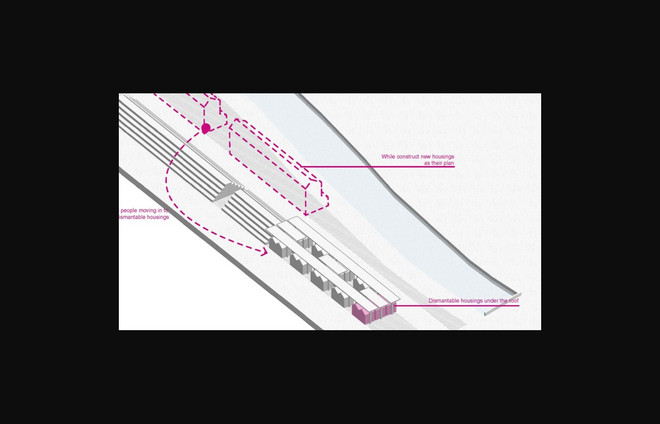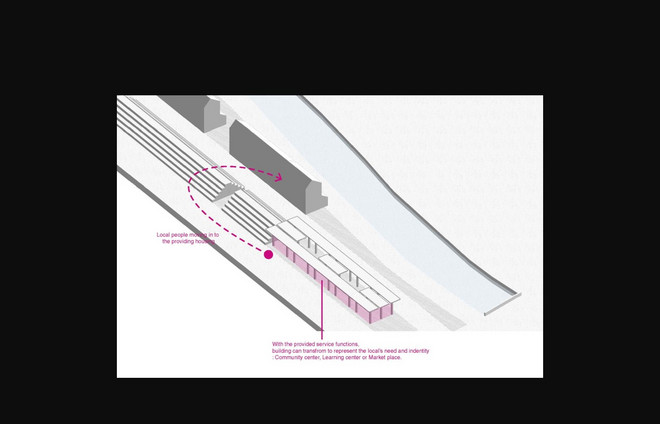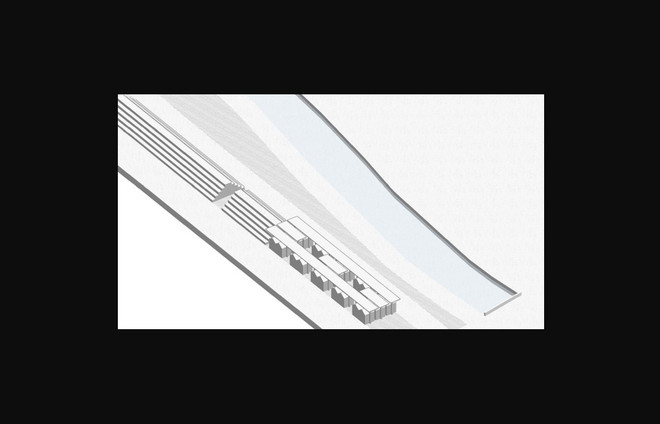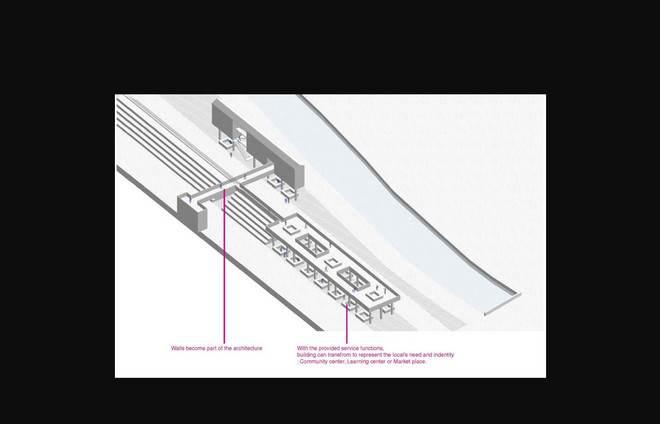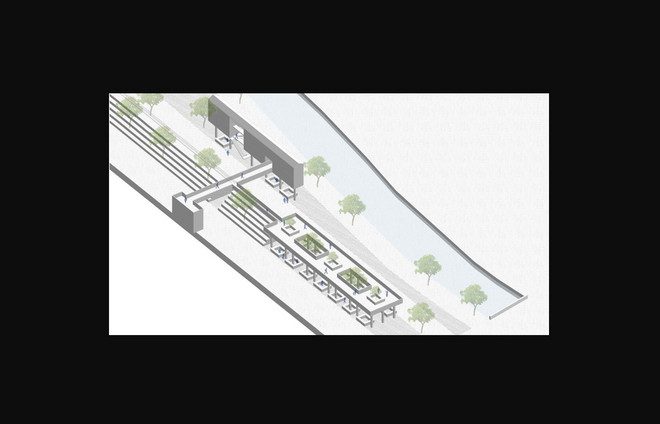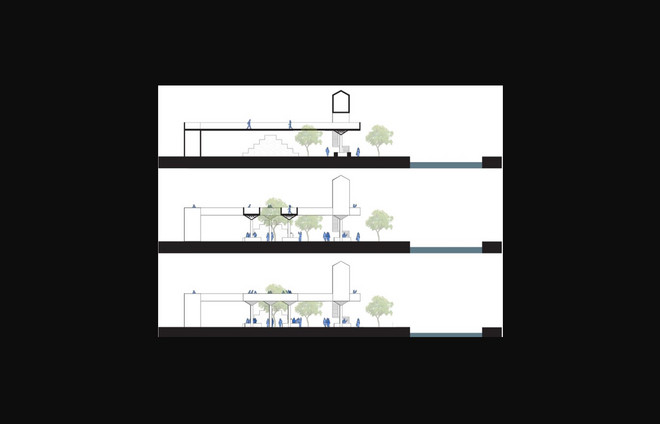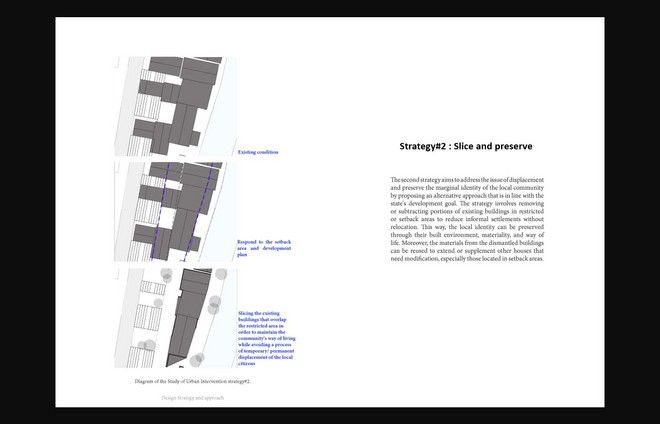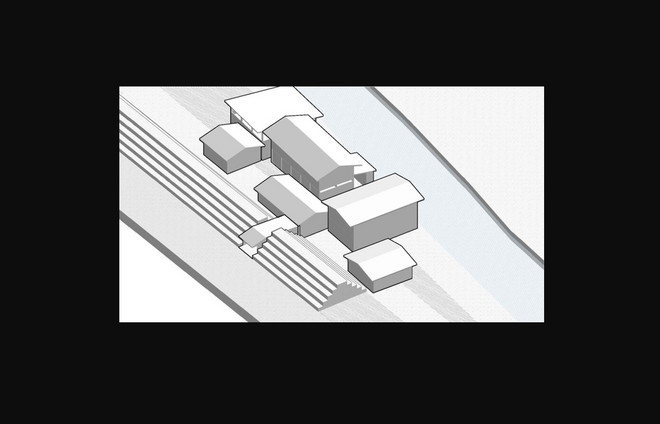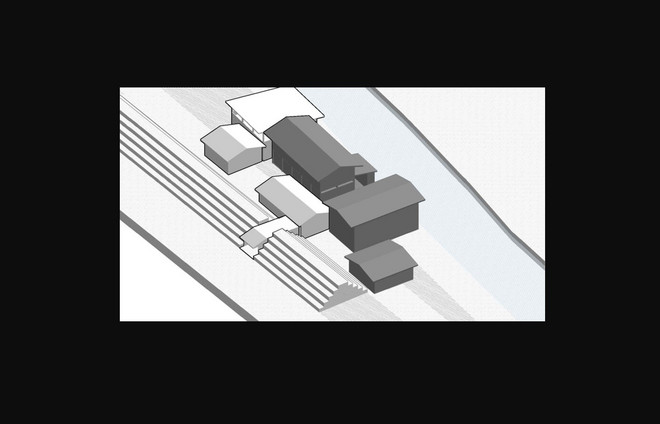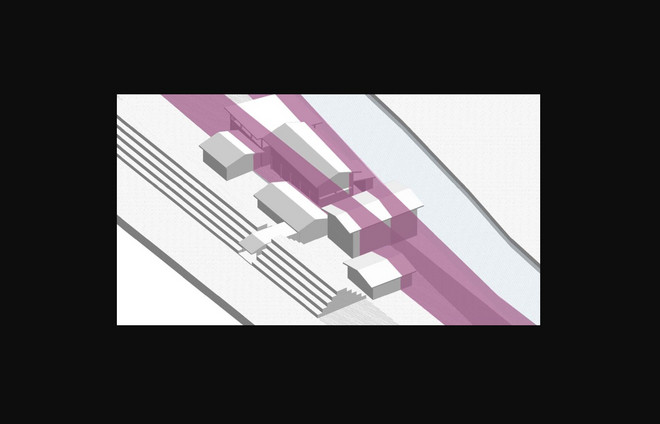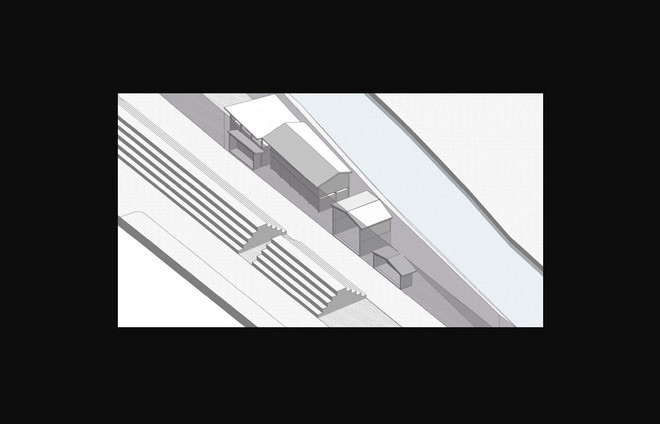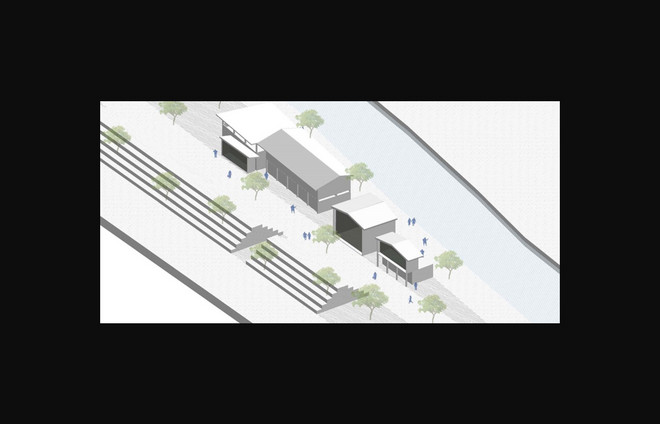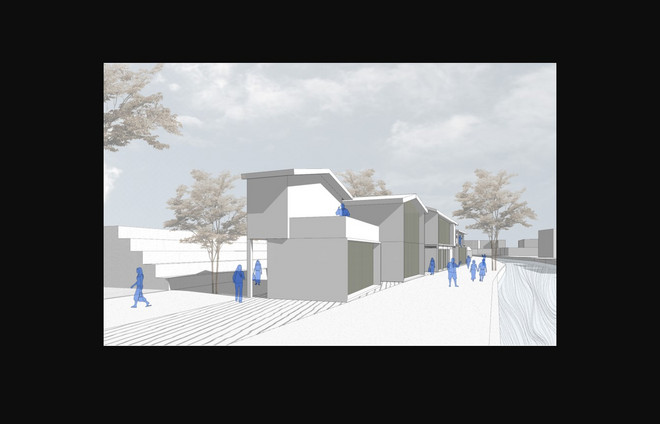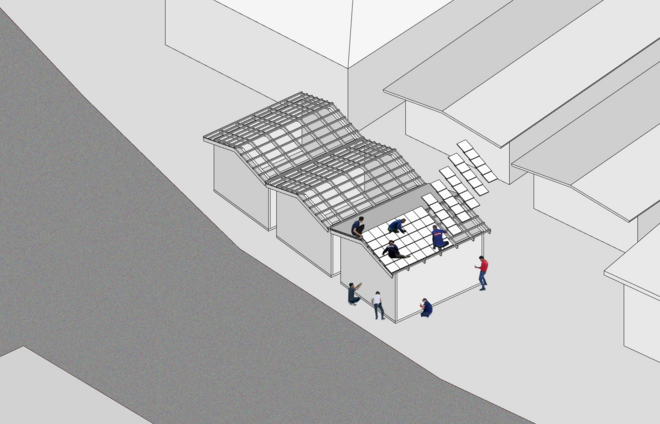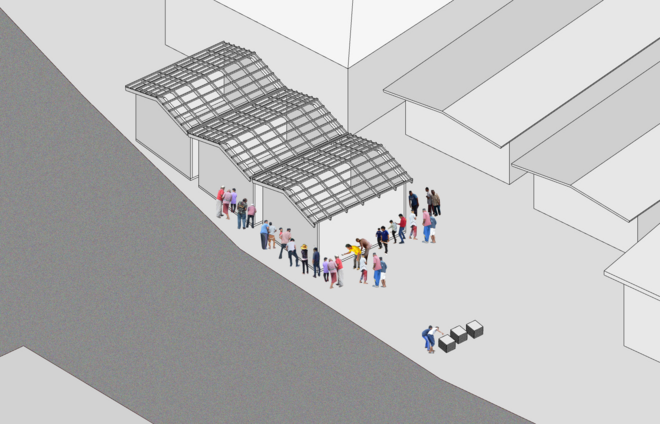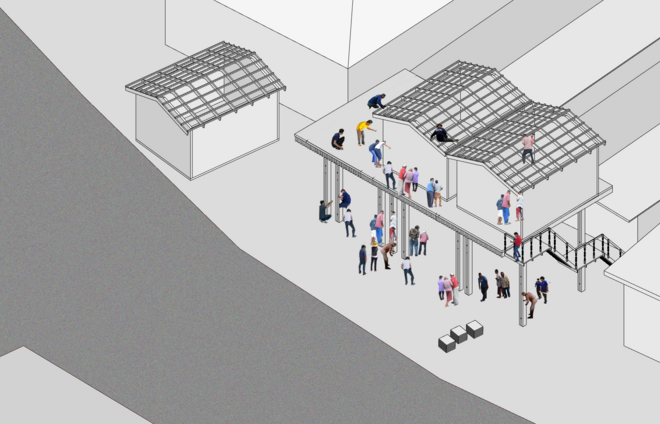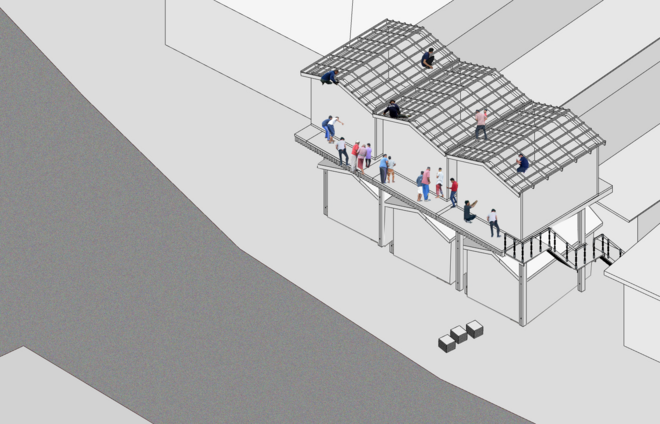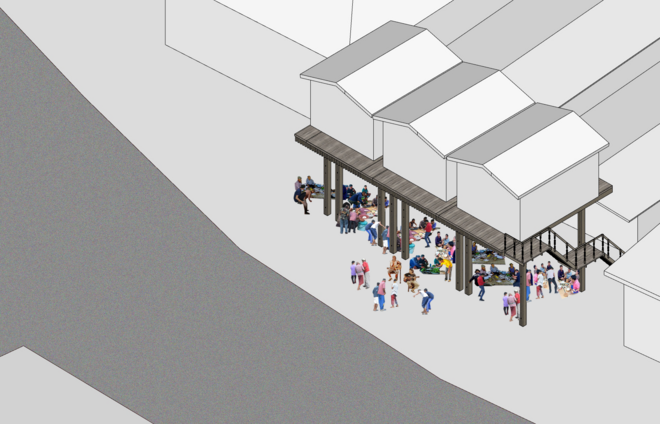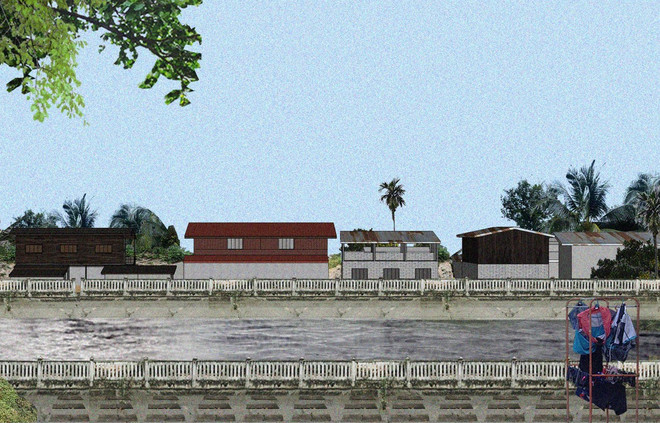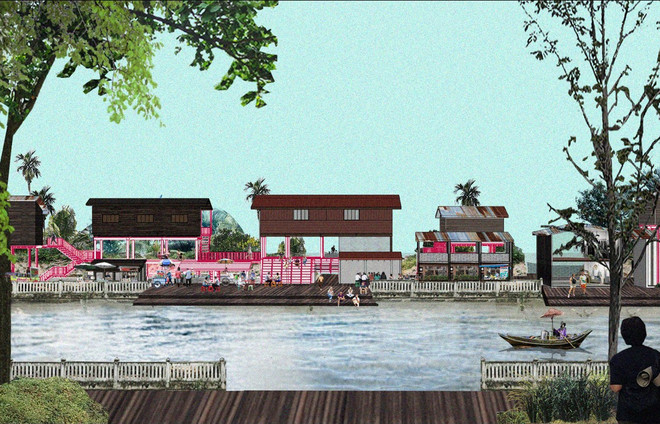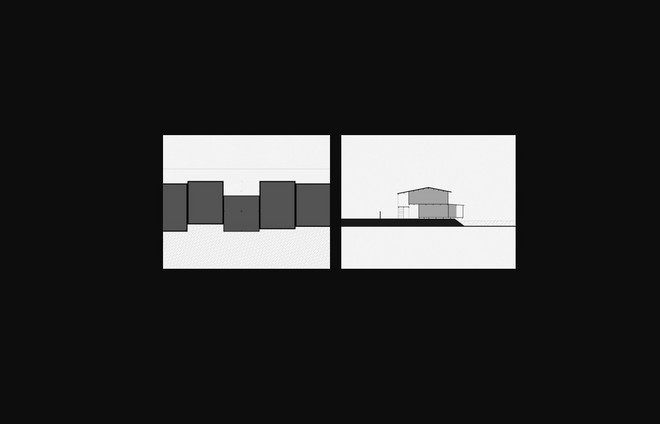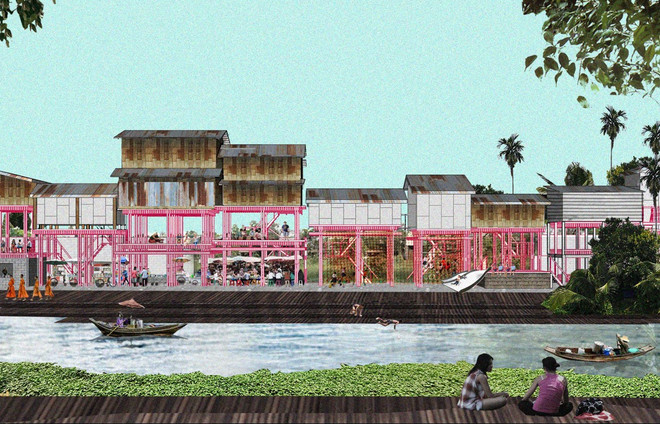

Agonistic Re-Neighbouring
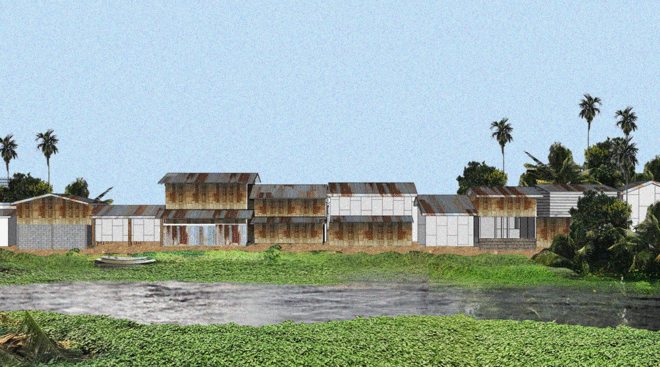
Influenced by Chantal Mouffes's agonistic perspective, this project embraces conflict as crucial for democracy. It aims to reconcile adversaries differing interpretations while considering marginalized communities; interests and cultural identity, alongside the state's development plan and upcoming gentrification in the context of Thailand.
Due to rampant urbanization, Chiang Mai has developed in an unorganized manner.
In 2016, the Major of Chiang Mai City initiated a plan to promote the city as a world heritage site. However, since then, Chiang Mai has faced the challenges of gentrification, particularly in the Mae Kha area. This has resulted in the displacement of local communities and a loss of cultural identity. This would displace 2,139 households from the 20 communities along the canal, predominantly comprising lower socioeconomic groups which are the backbone of the city's economy.

This project focuses on the communities located between the remaining earthen wall and the canal. These areas still have clear traces of the earthen walls. This narrow but densely packed area between the distinctive urban fabrics has an unusual spatial character. The built environment within this area exhibits a range of features that reflect the complex relationship between the existing features and the built environment. These include the use of earthen walls to create a sense of privacy for homes, the integration of the wall as an entrance gate or fence, and the construction of houses over the canal. These features serve to illustrate how people respond to and integrate environmental features within their built environment.

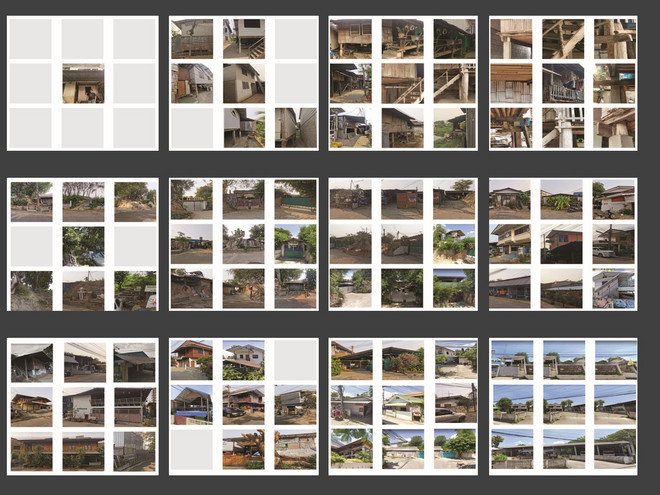
The foundation of the new strategy lies in original government strategies and meeting the requirements of local people.
The foundation of the new strategy is rooted in originally purposed government strategies and the involvement of local communities. By recognizing the value of established government approaches and engaging wit11 the specific requirements of the local population, a fresh and effective strategy can be developed
The proposed approach draws upon the third area improvement approach set forth by the central government while prioritizing the needs and perspectives of community members. This serves as a guiding principle for policy design and adaptation, ensuring that the development of the area aligns with the specific needs and aspirations of the community
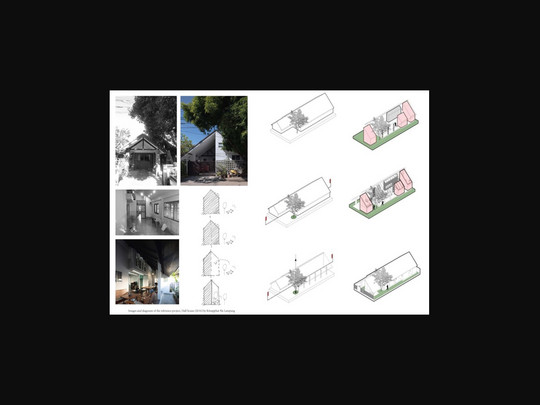
To explore an alternative proposal that takes into account both government objectives and local needs and identity, my initial approach involved studying modern building techniques alongside local practices of building intervention.
To ensure the appropriate preservation of the community’s identity, the selection of the strategy is primarily influenced by the condition of the building, which determines the most suitable approach. Initially, a preliminary screening will be conducted based on the building’s size. Subsequently, the buildings will be categorized further based on their construction materials, considering their compatibility with the area’s characteristics while ensuring they do not impose excessive burdens on the users.
This additional information will be incorporated into the Down-Side-Up policy manual book.



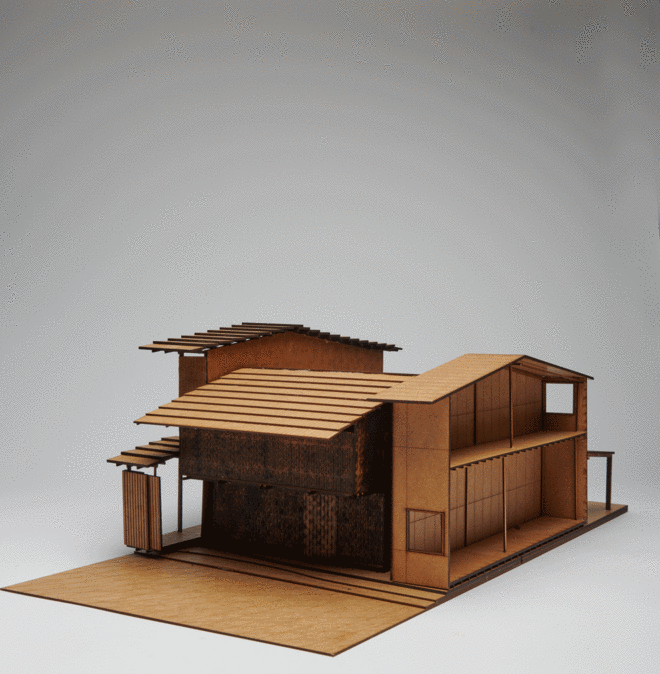


Down Side Up_intervention_policy_manual
Det Kongelige Akademi understøtter FN’s verdensmål
Siden 2017 har Det Kongelige Akademi arbejdet med FN’s verdensmål. Det afspejler sig i forskning, undervisning og afgangsprojekter. Dette projekt har forholdt sig til følgende FN-mål